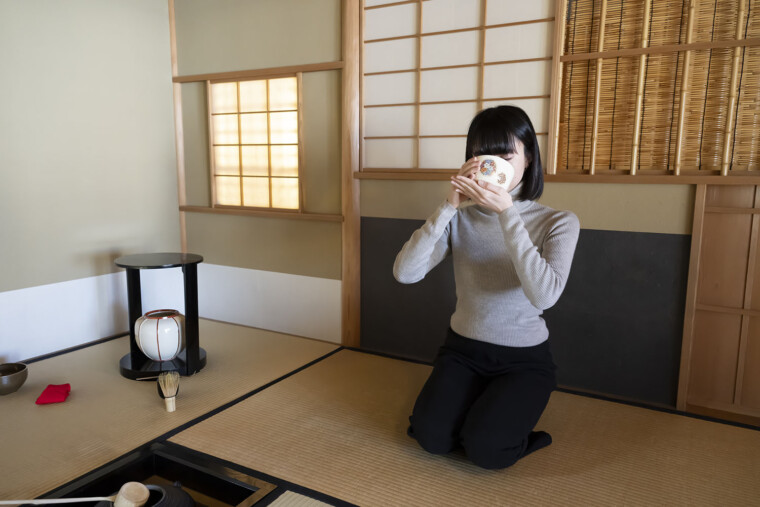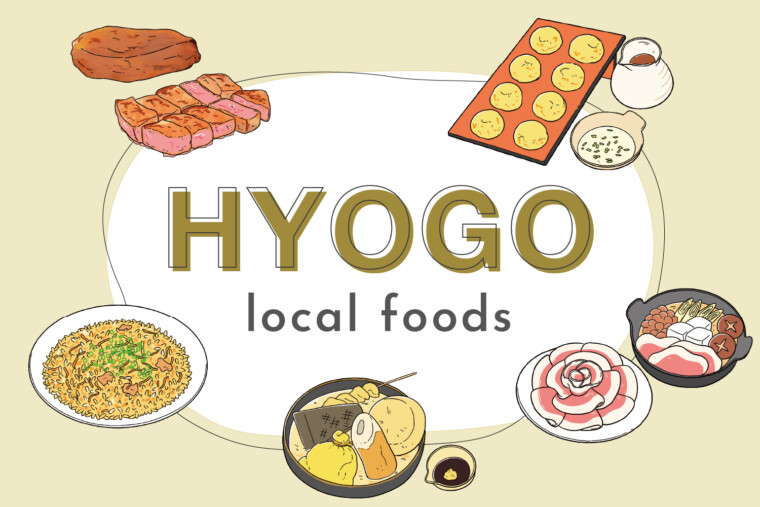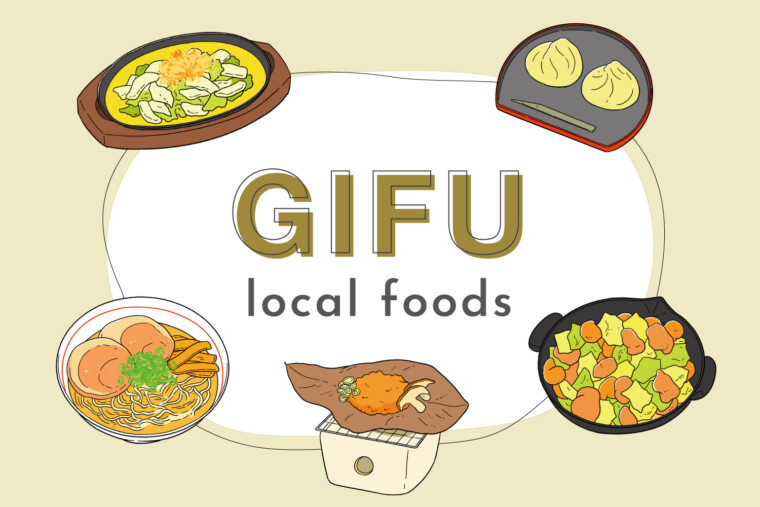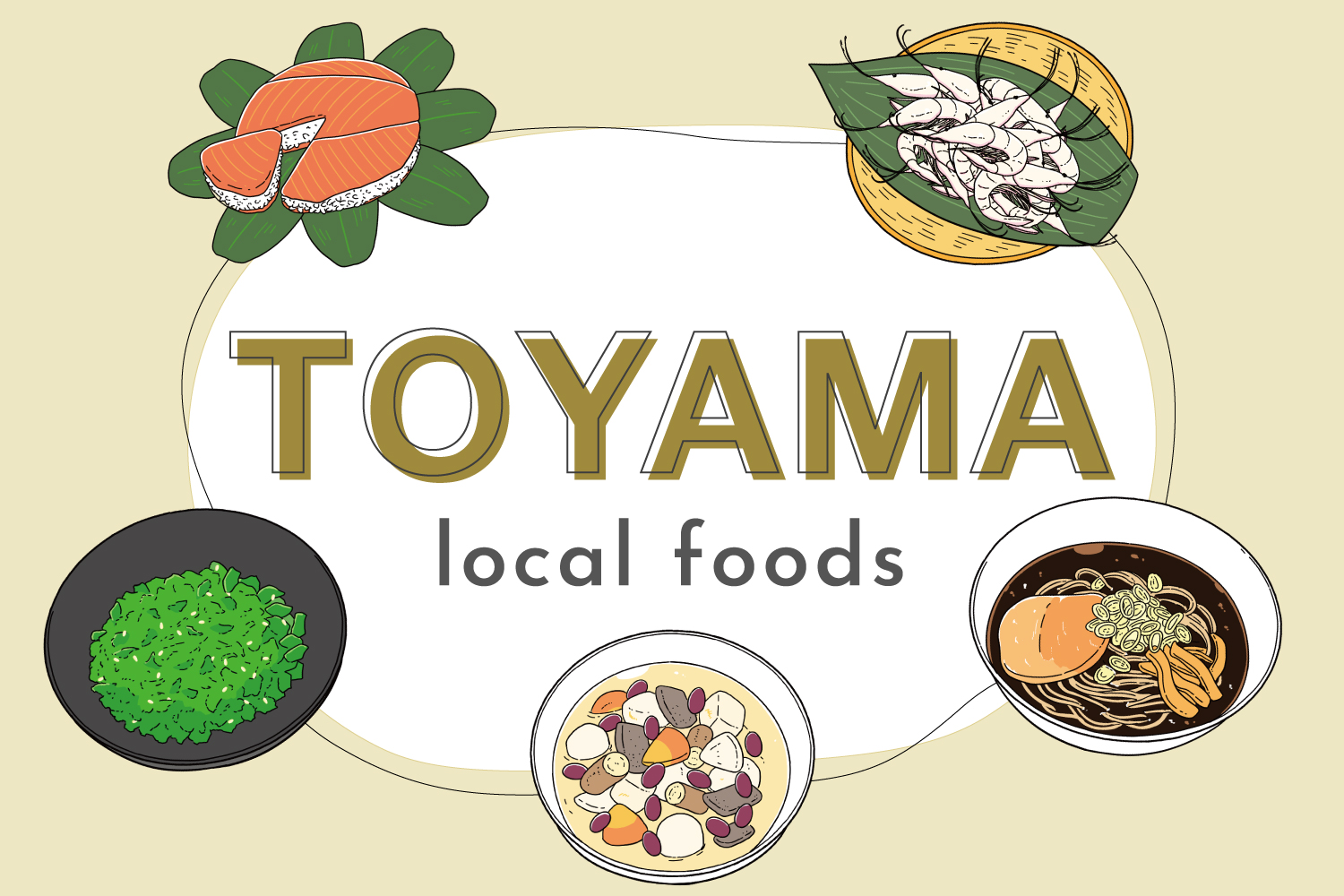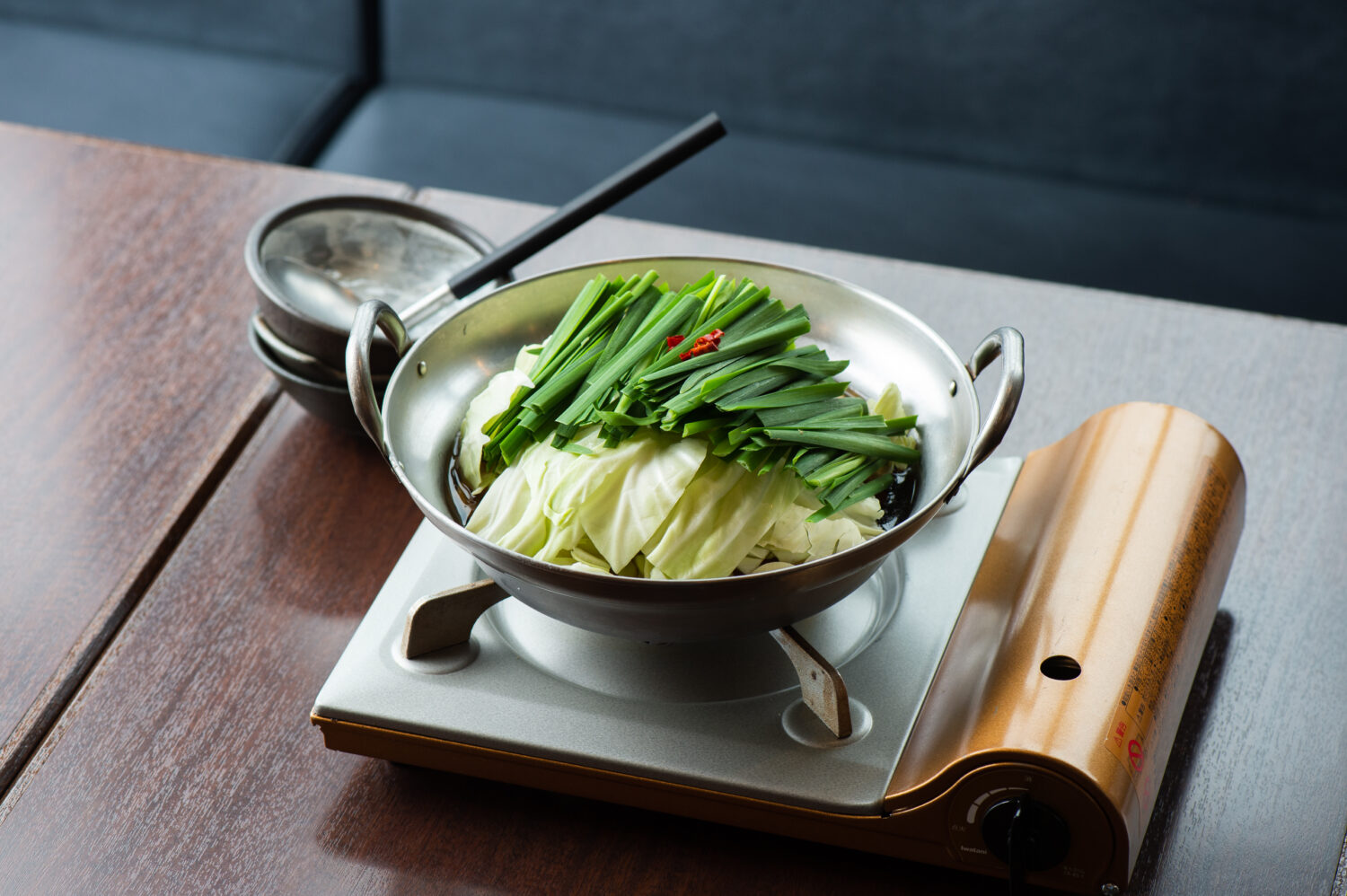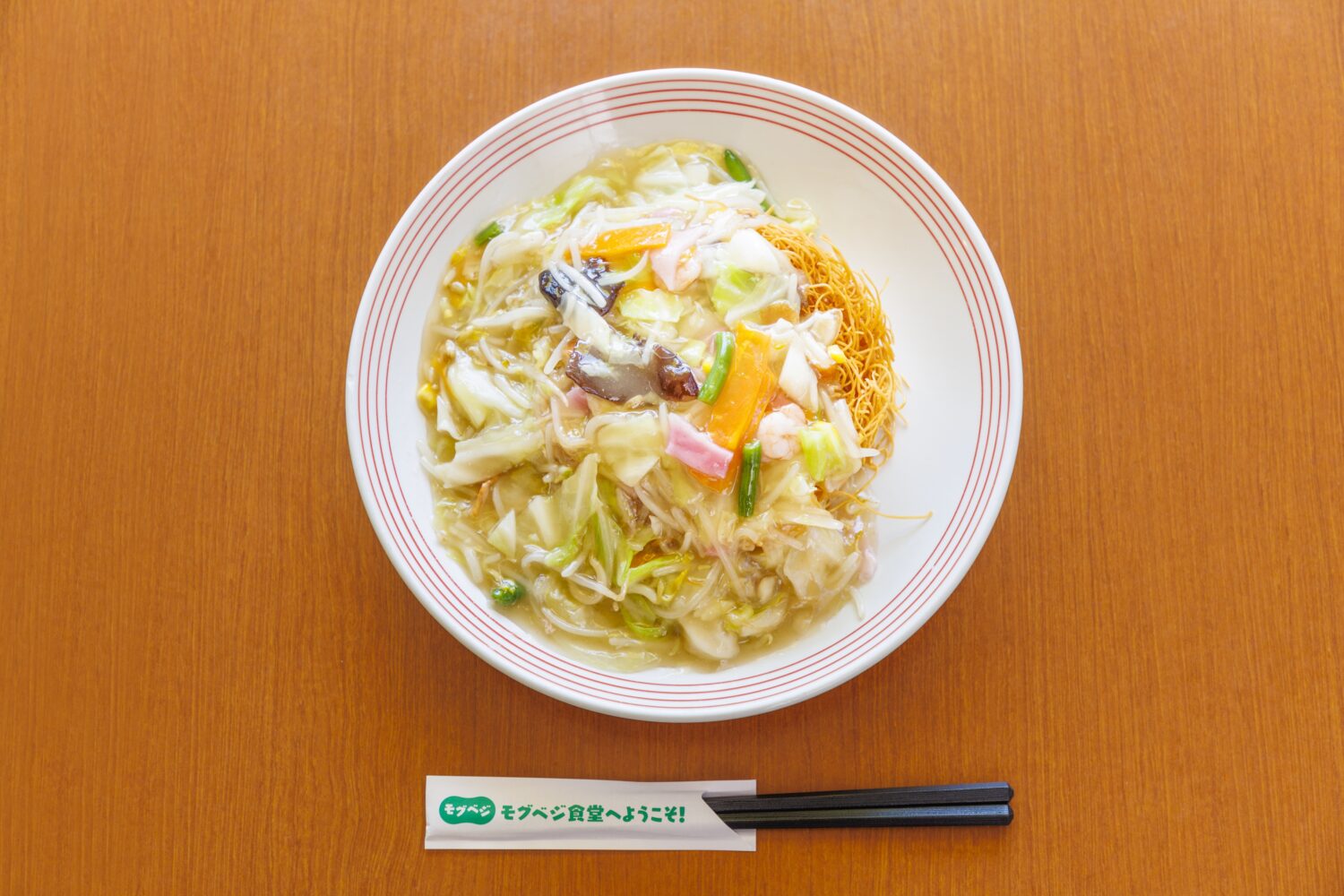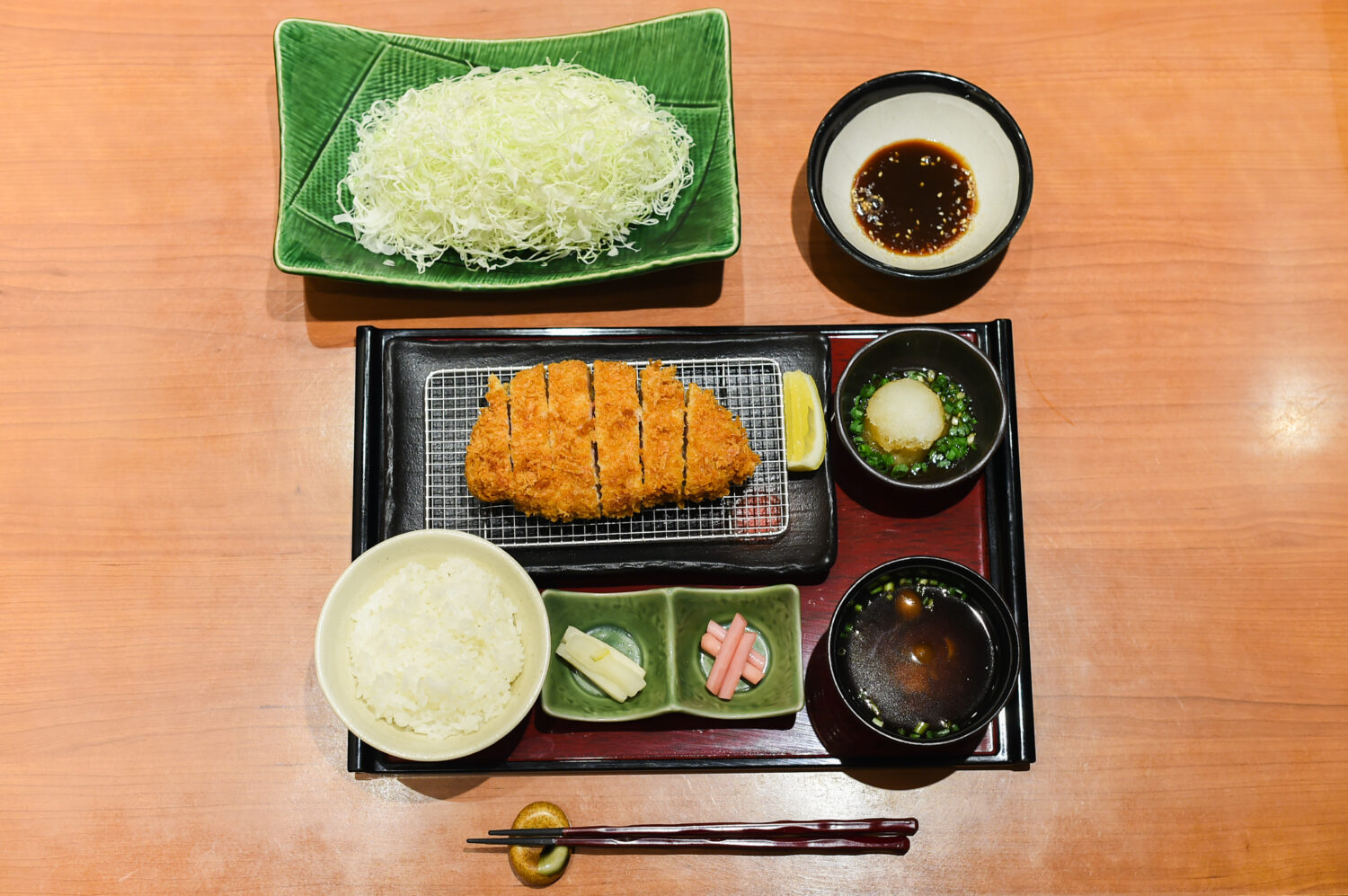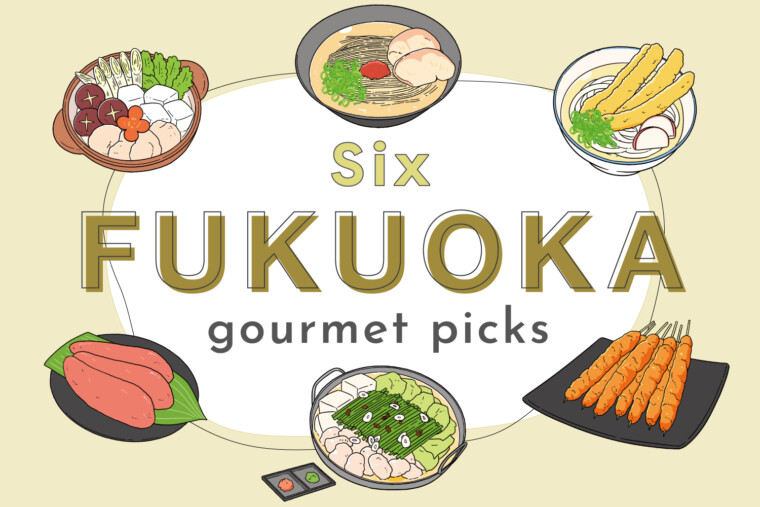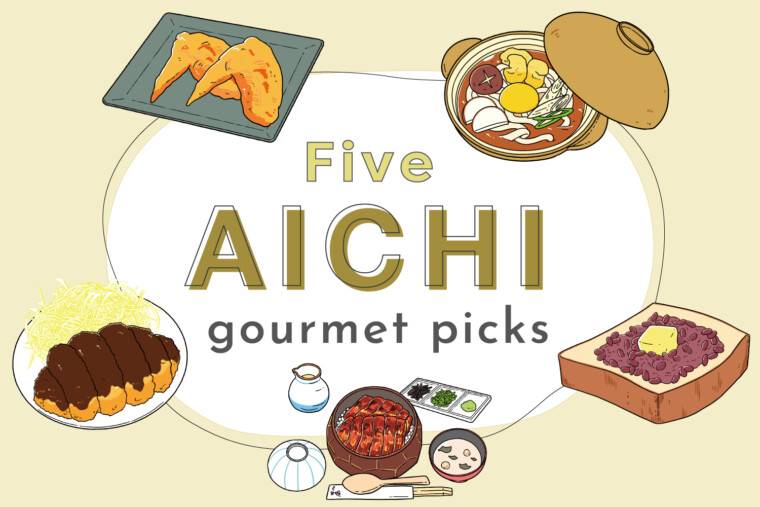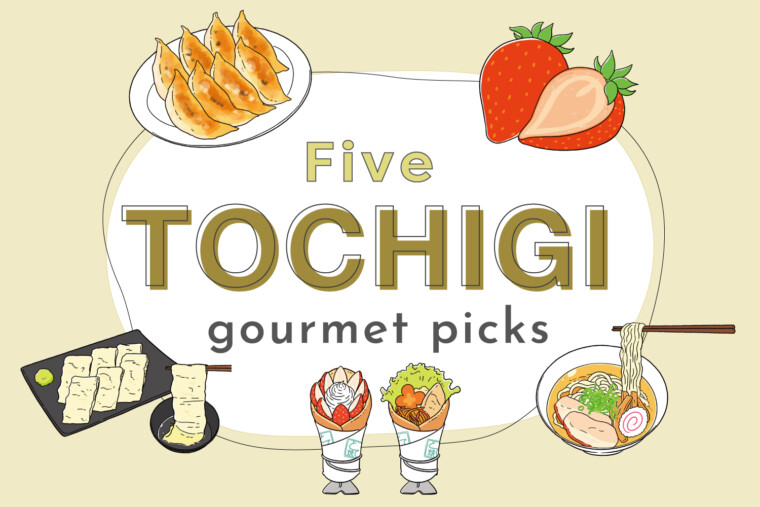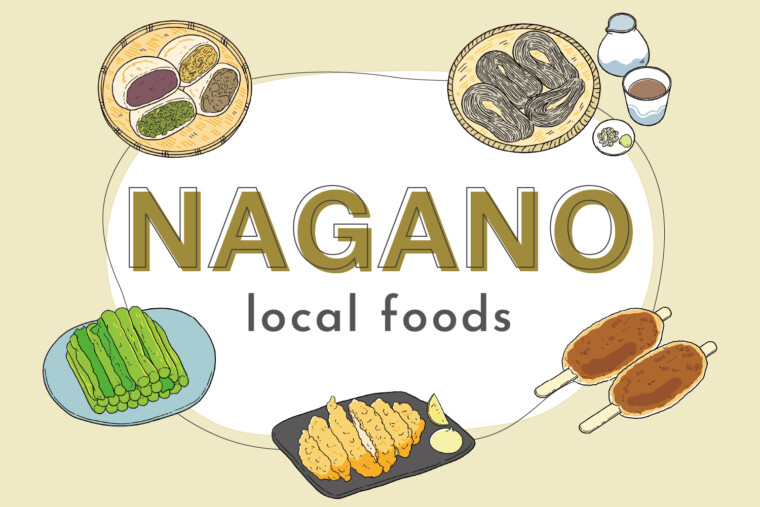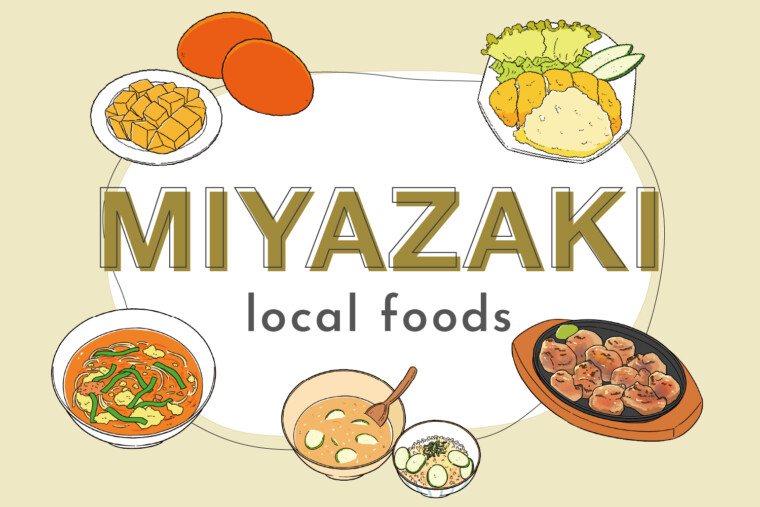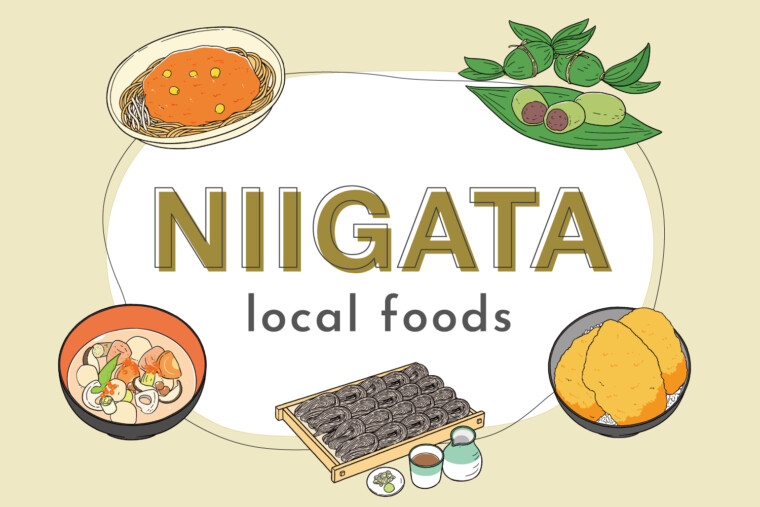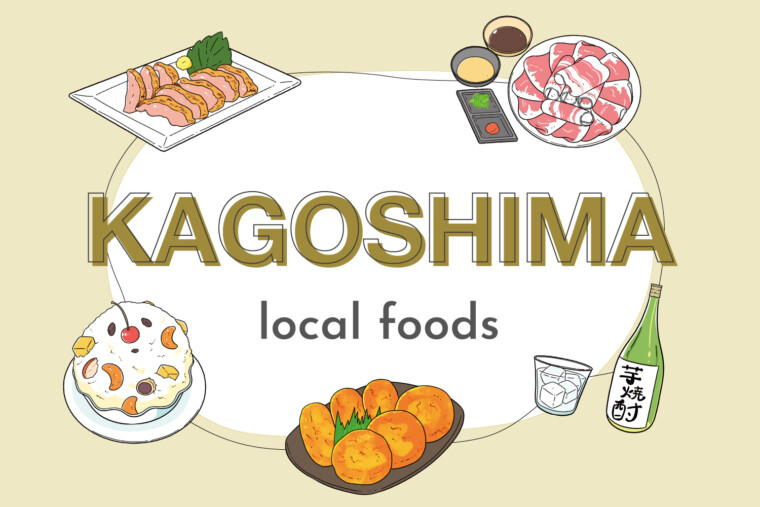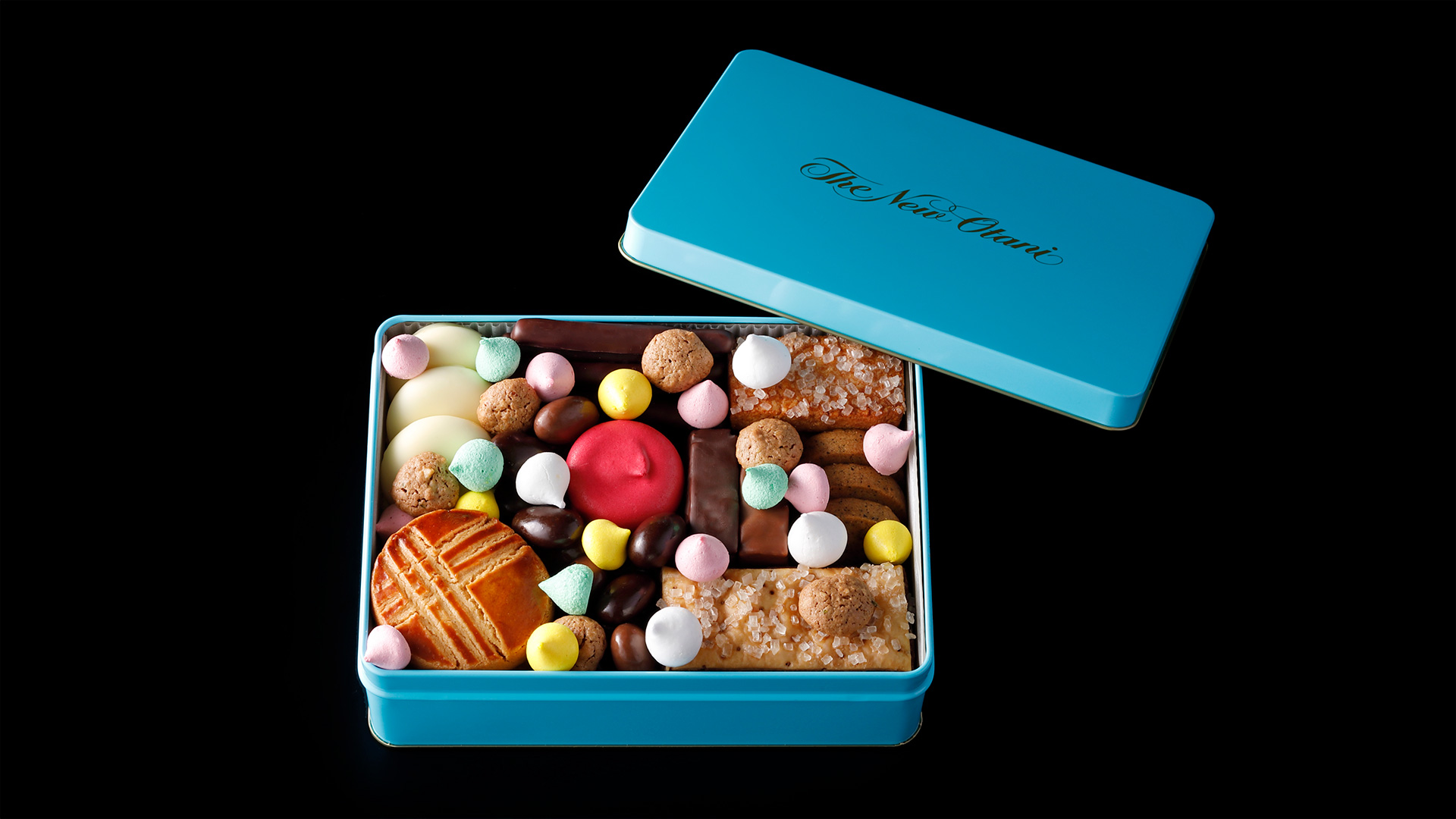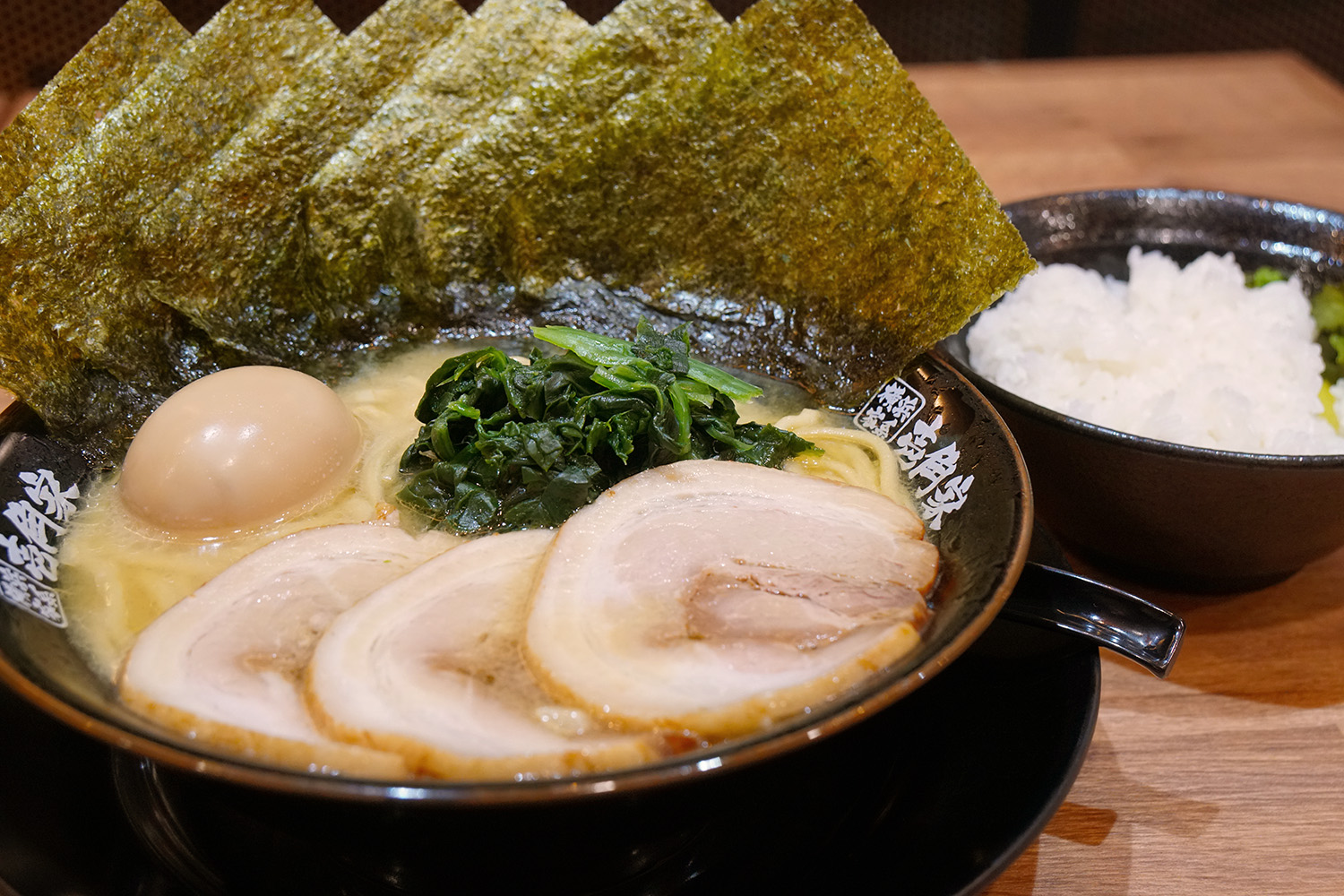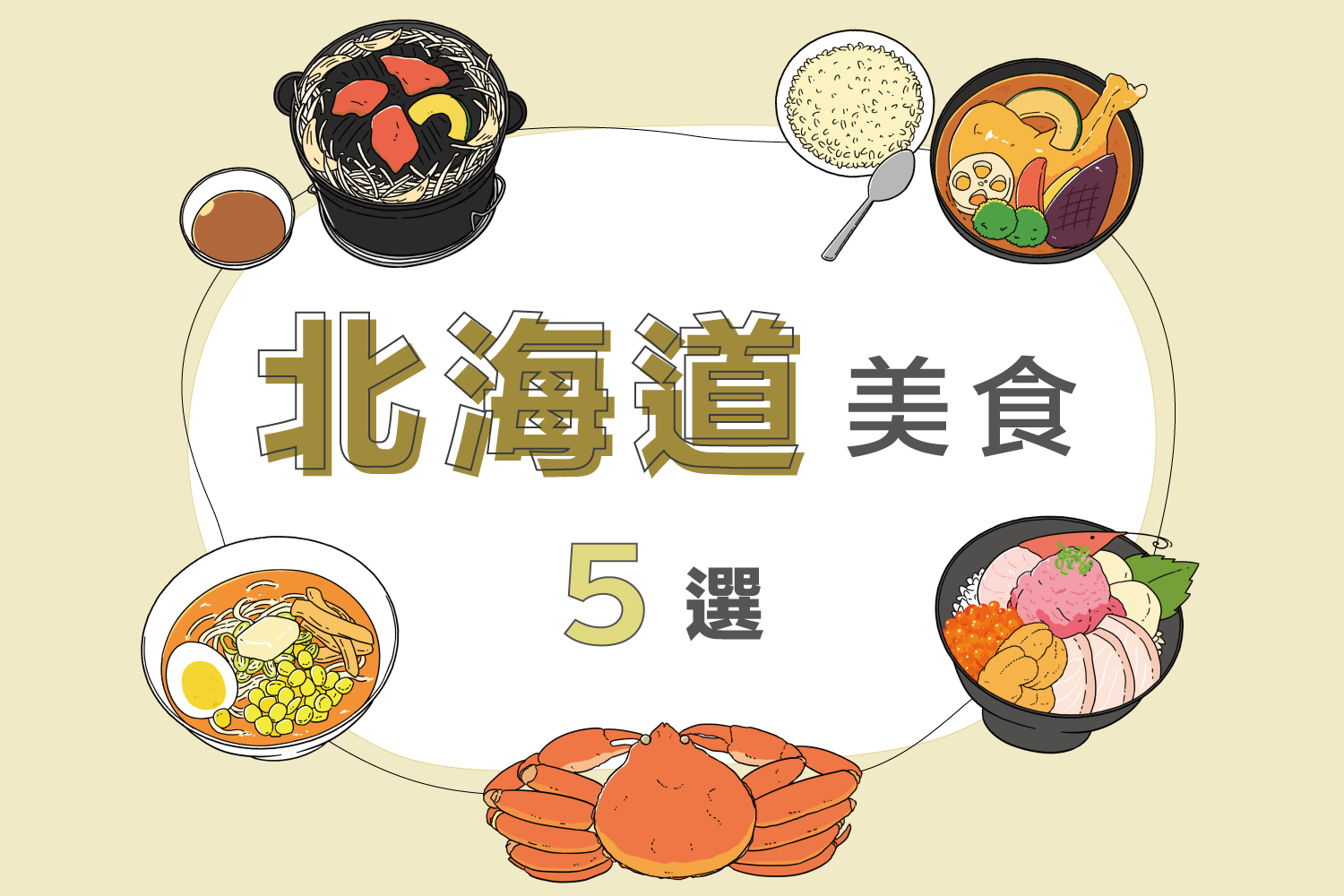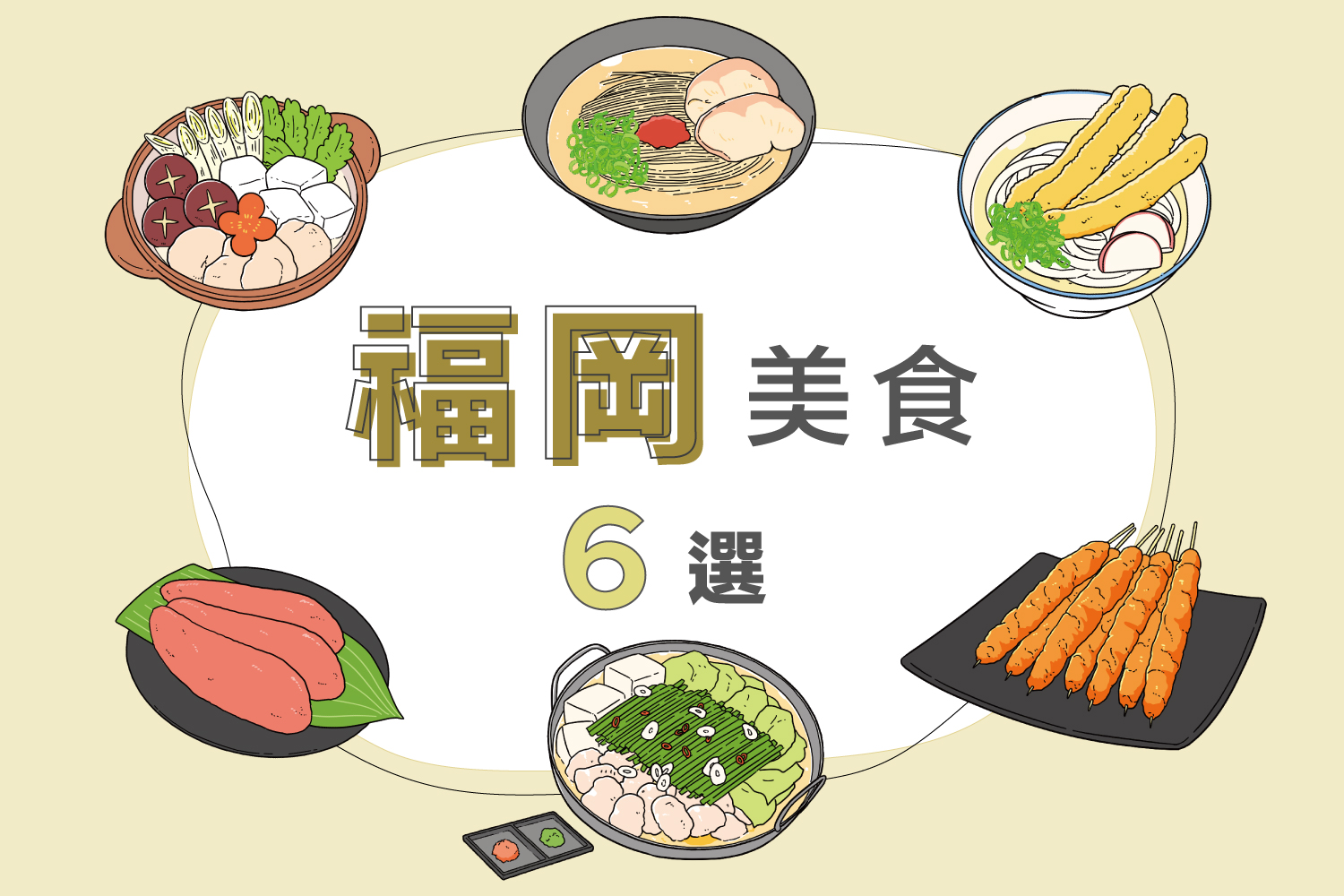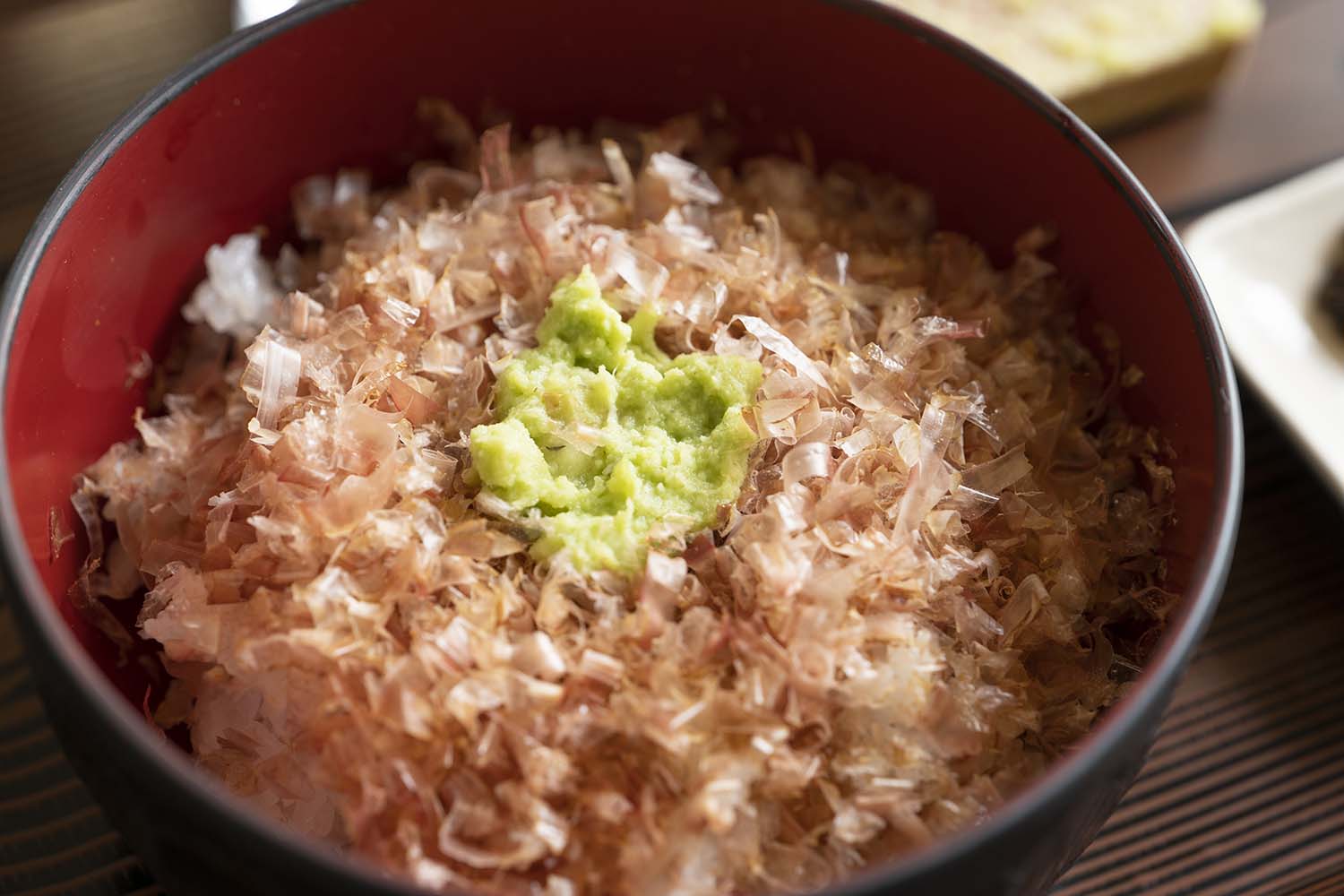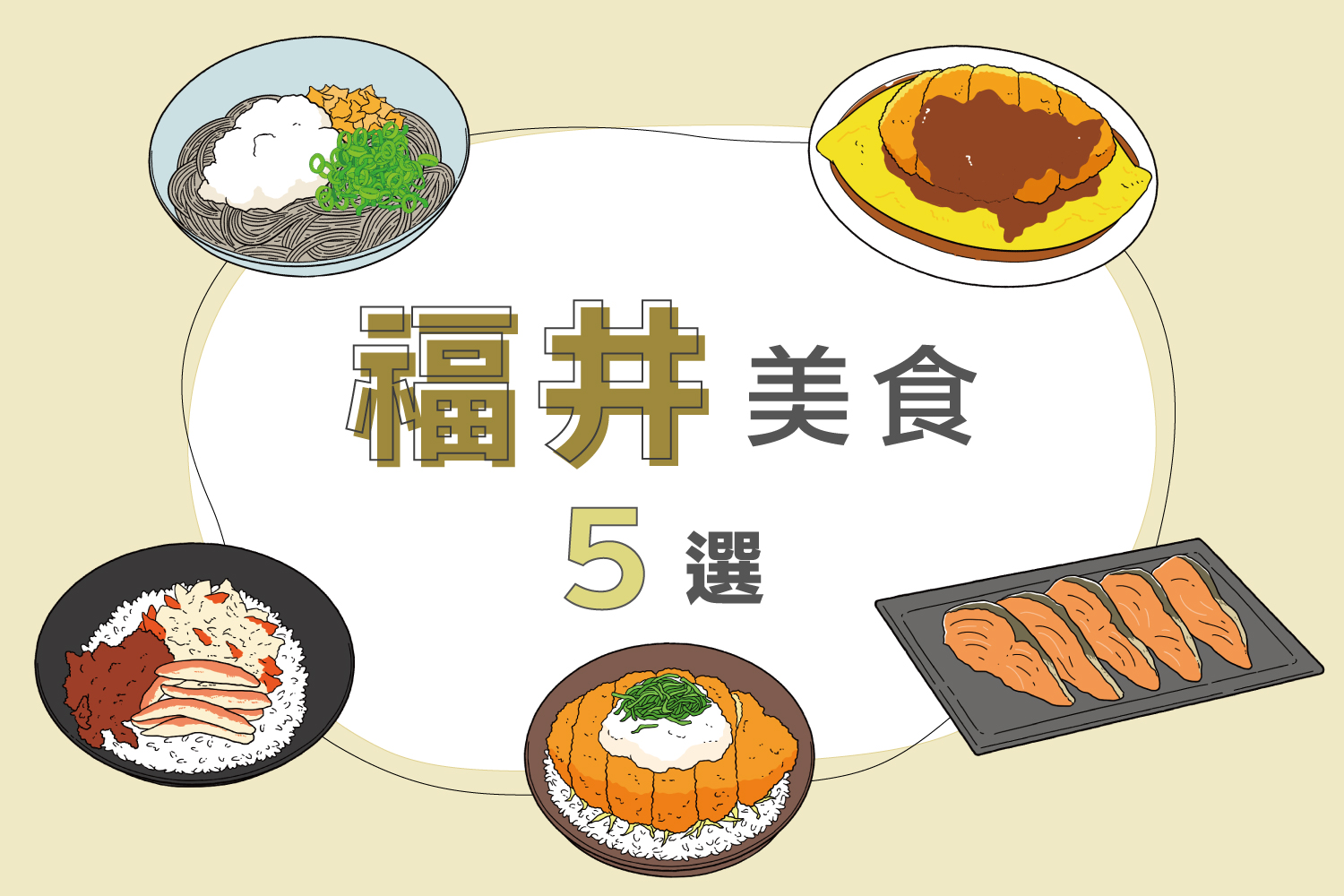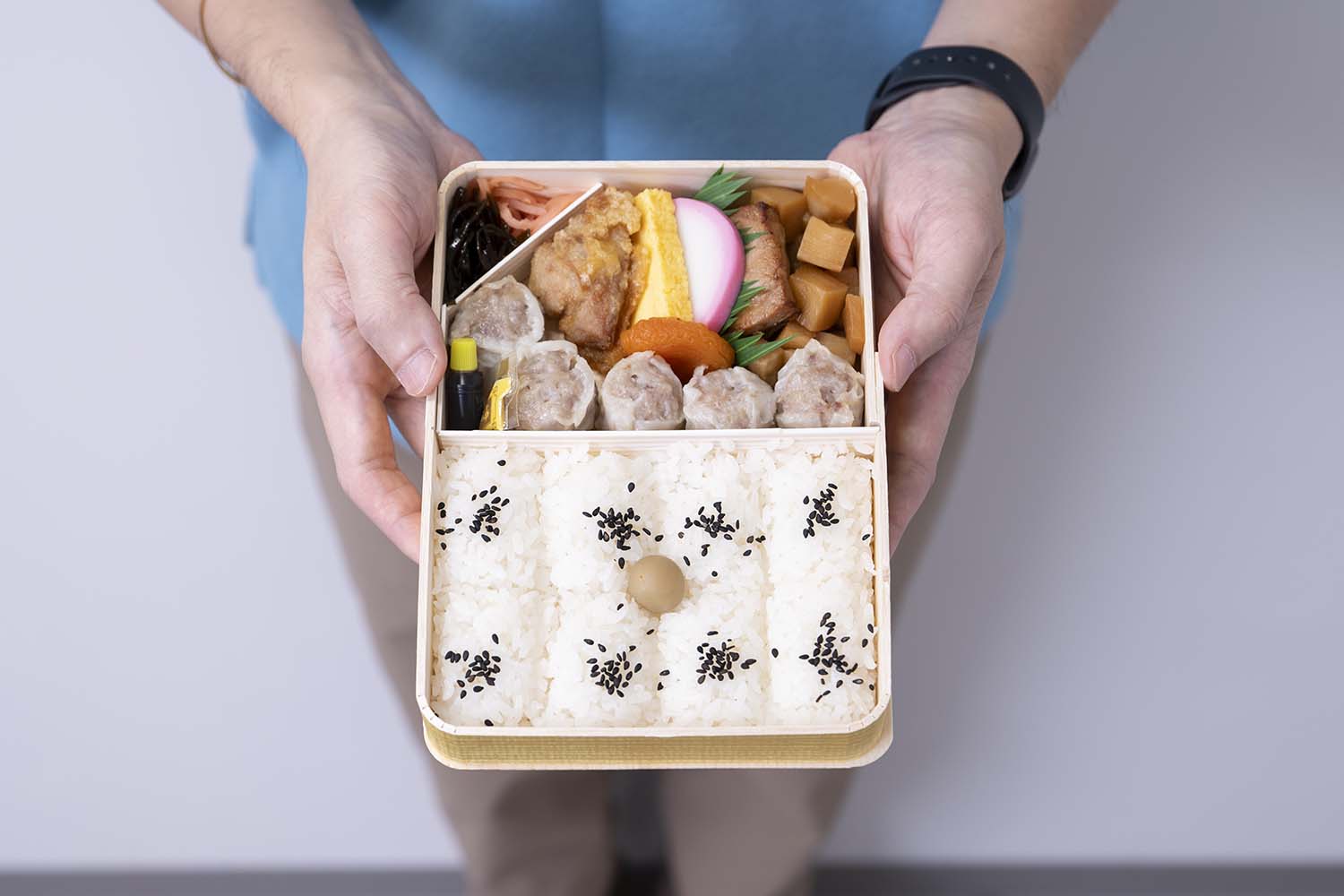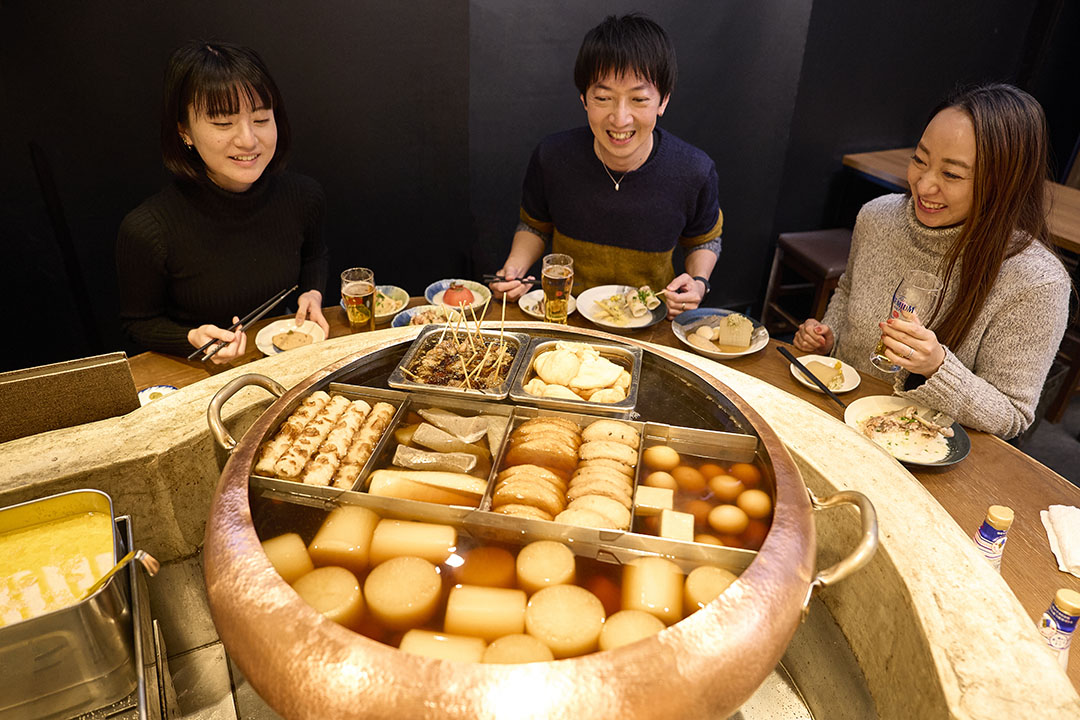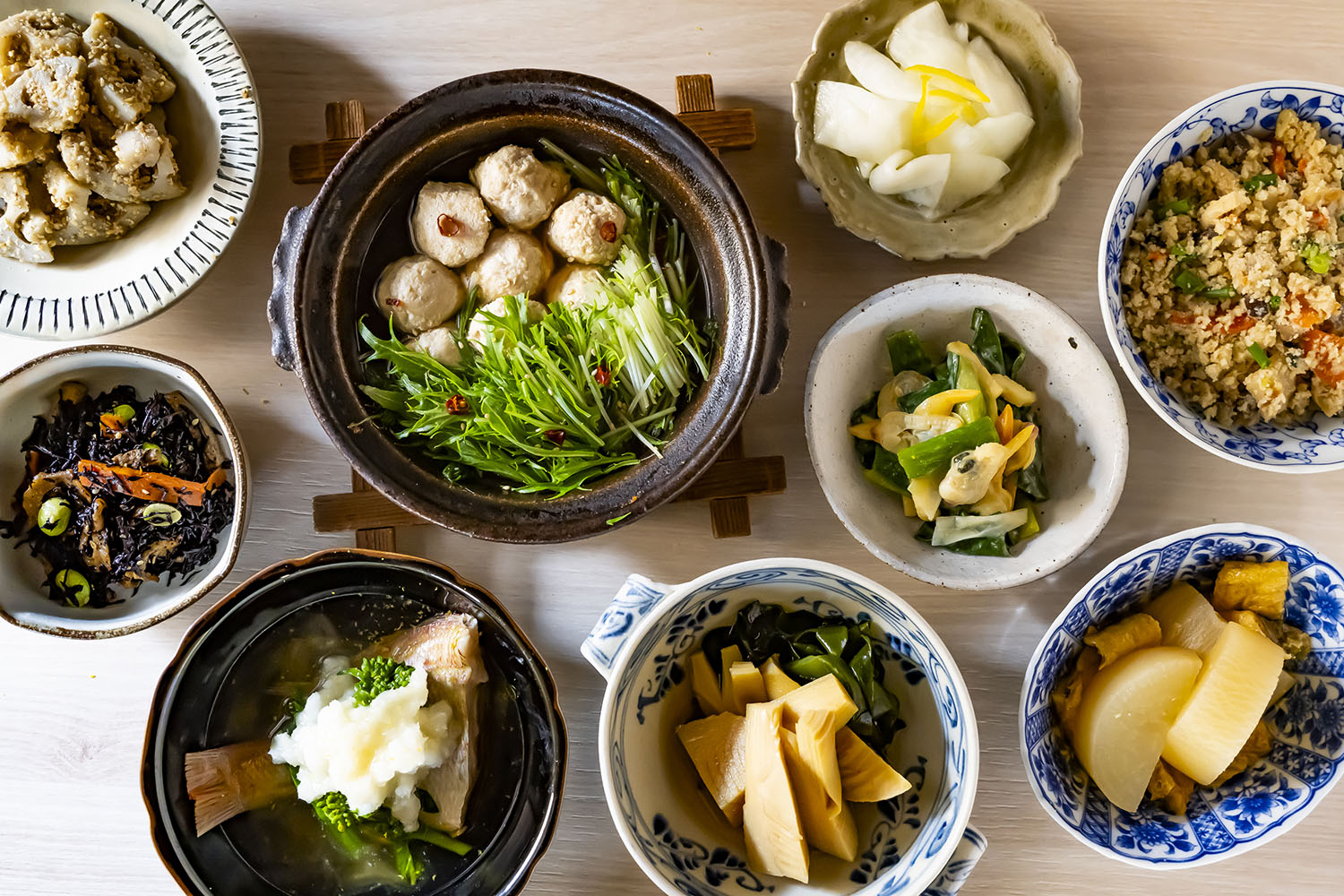
Obanzai: Kyoto’s Soulful Home Cooking and How to Enjoy It Like a Local
Tables elaborately adorned with colorful obanzai dishes are an iconic image of Kyoto. At restaurants, chefs painstakingly prepare these dishes with finely honed techniques… but did you know that this celebrated cuisine actually originates from household cooking, passed on between generation after generation of Kyoto mothers?
For this article, Ms KAWABUCHI Tomoko, Representative Director of the Japan Obanzai Society, kindly answered our questions about this intriguing cuisine.
share:
Table of Contents
What is obanzai?
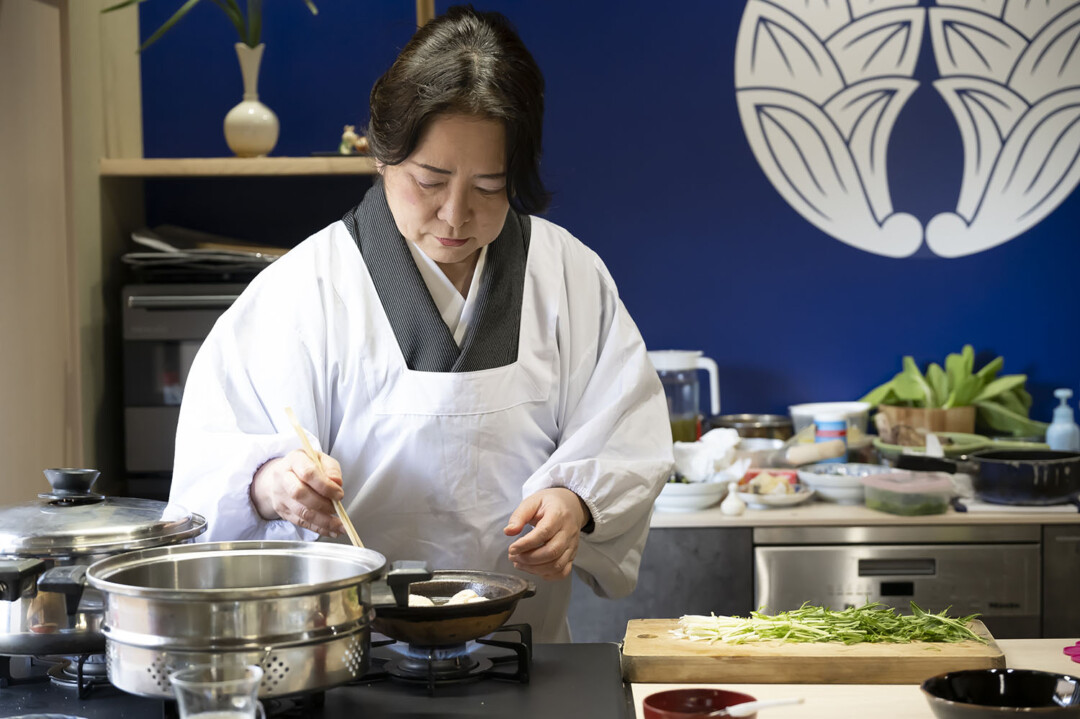
Obanzai is a style of household cooking that has been made by generations of busy Kyoto mothers. With pressure to balance the demands of both occupations and homemaking, these resourceful mothers have focused their knowledge on minimizing time, while making the best use of valuable ingredients, leaving no waste, and presenting heartful dishes. Over the generations, this style of small side dishes has collectively become known as obanzai. “Kyoto Culinary Culture”, which prominently includes obanzai, is now registered as an intangible cultural heritage of Kyoto City.
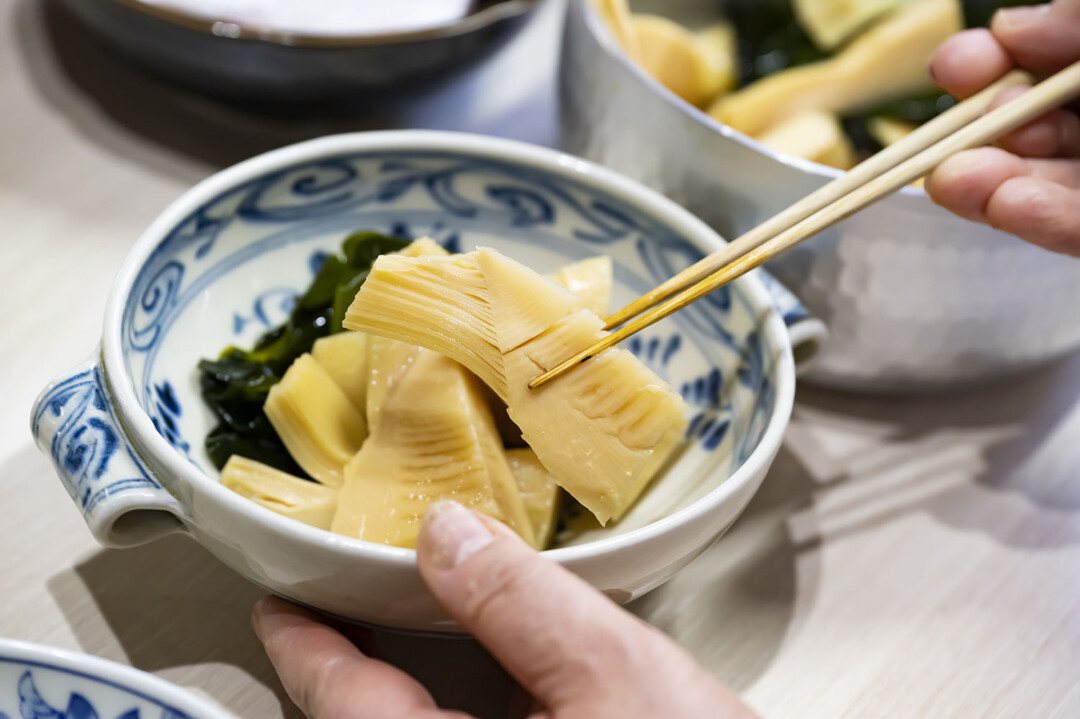
As they prepare meals, the mothers of Kyoto think first and foremost of the wellbeing of their families. That’s why they avoid ingredients with additives, and select the freshest, most nutritious seasonal ingredients.
It’s said that the reason for using seasonal vegetables is that the cycle of the seasons perfectly matches that of the human body. For example, in summer, seasonal vegetables with high moisture content, such as eggplants and tomatoes, help to prevent dehydration. In autumn, the air becomes dry, and ingredients such as mountain yam and lotus root are selected for their moisture-retaining benefits, which help to maintain health of the membranes of the mouth and nose while boosting the immune system. These seasonal vegetables are packed with nutrients, and in particular, sansai (mountain vegetables foraged in springtime) are said to promote growth hormones.
As you can see, these obanzai dishes are more than just delicious, and are filled with mothers’ love and wishes for children to grow up healthy.
Celebrate the season with Kyoto vegetables
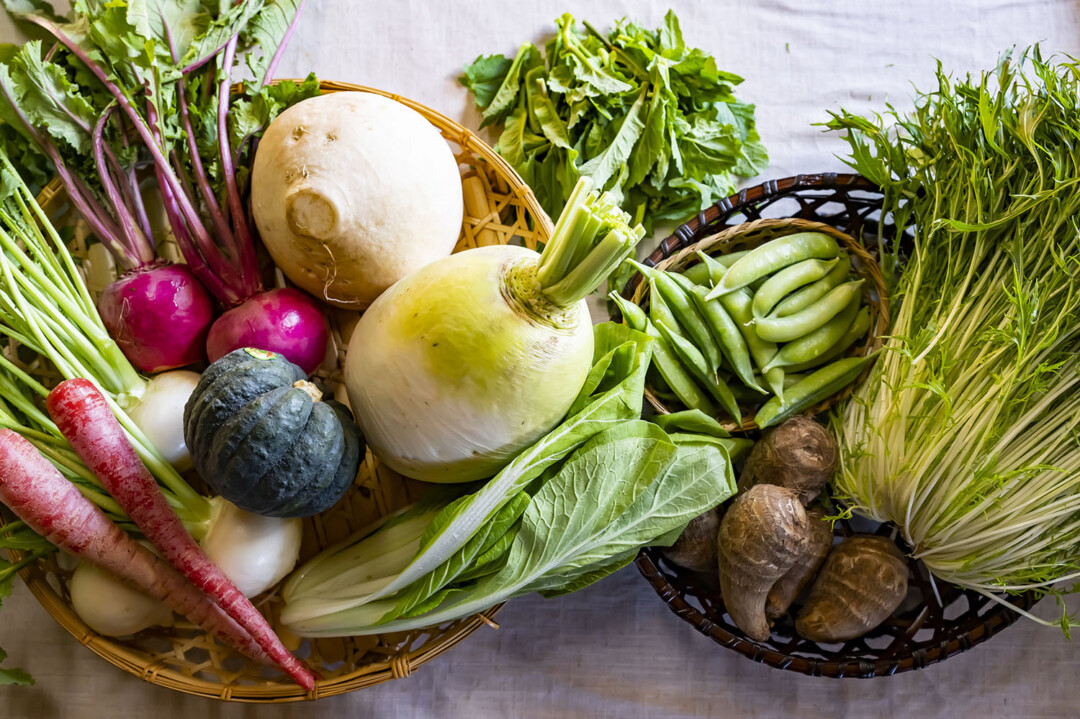
Most of the vegetables used in obanzai are locally grown in Kyoto. Long ago, Kyoto flourished as Japan’s capital, and the very best ingredients from throughout the nation were made readily available. Kyoto is also blessed with favorable climate and soil conditions, leading to a culture of continuous improvement of excellent vegetables, many of which are now celebrated brands. Perhaps you have heard of Kamo Eggplant, Kujo Spring onion, or Shogoin Daikon Radish? These, and many other famous brand vegetables bear the name of their region of production in Kyoto.
Classic obanzai dishes
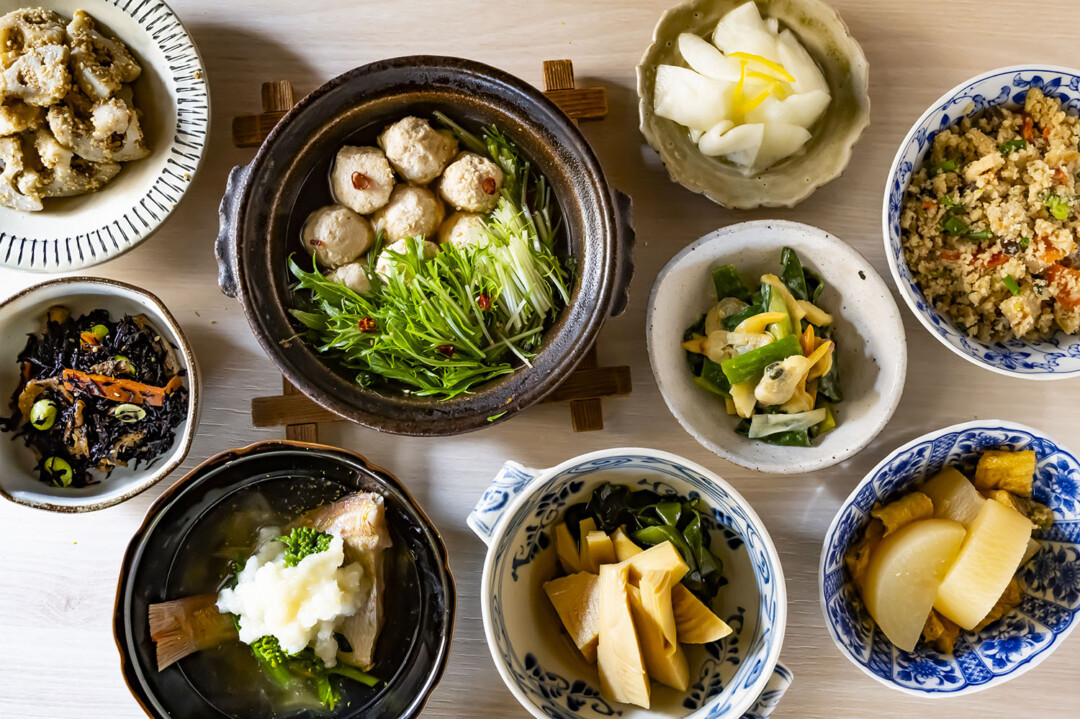
Kyoto has a custom of okimari, in which certain dishes are enjoyed on a fixed day every month. For example, adzuki bean rice is served on the first of each day, with the wish that the family will live diligently. (The word for bean, “mame”, is a homonym for “diligent” in Japanese.) Foods for festivals at the city’s many shrines and temples have also been carefully passed down and preserved as culinary tradition.
Here are several examples of classic obanzai cooking introduced by Ms Kawabuchi.
大根と油揚げの炊いたん Daikon to aburaage no taian

Taitan is a simmered dish in which dashi (Japanese soup stock) is slowly and thoroughly infused into each ingredient. The daikon radish is first pre-boiled, then dried to allow the dashi to fully permeate during the final cooking.
水菜と鶏団子の小鍋 Mizuna to tori dango no konabe
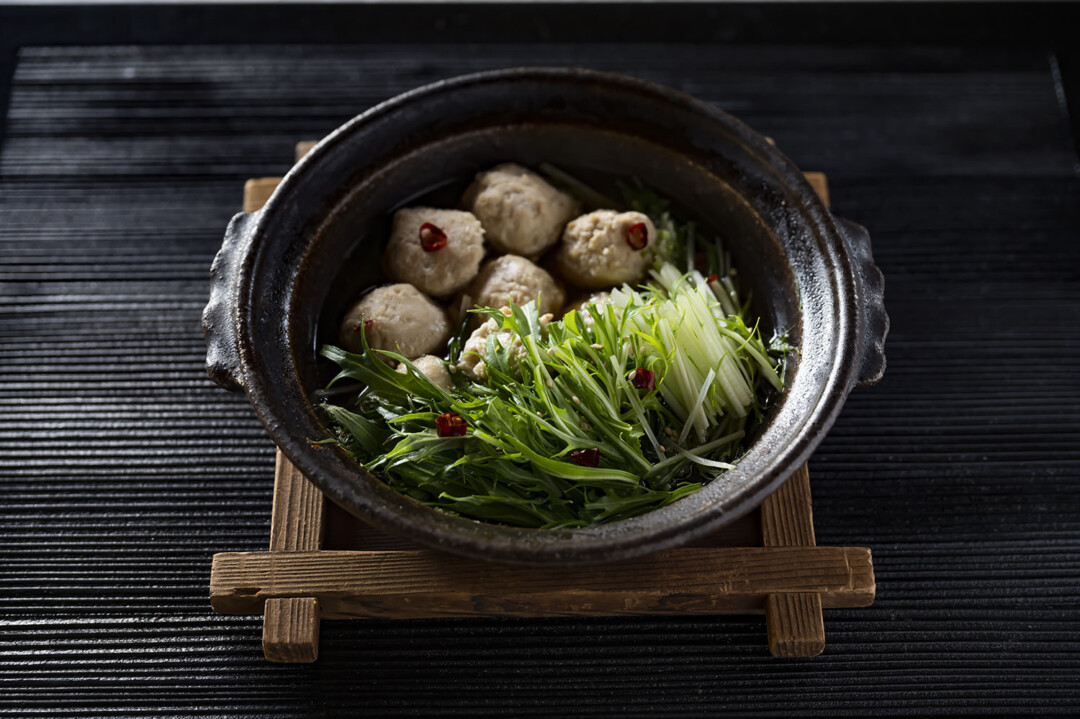
Kyoto-style dashi is based on konbu (kelp) and katsuo (skipjack tuna). Mizuna (Japanese potherb mustard), a local Kyoto vegetable, is best cooked quickly to control bitterness.
たけのことわかめの炊いたん Takenoko to wakame no taian

Both takenoko (bamboo shoot) and wakame (a species of kelp also known as sea mustard) are seasonal ingredients of spring. In Kyoto, eating these two ingredients together is known as “deai-mon”, and is a highly cherished opportunity. The bamboo shoots are truly superb when gently simmered in ichiban dashi – a delicate, beautifully clear dashi made by steeping the kelp and skipjack tuna in hot, but not simmering, water. The harmony with tender wakame is an unmatched delicacy.
九条ねぎとアオヤギのてっぱい Kujo Negi to aoyagi no teppai
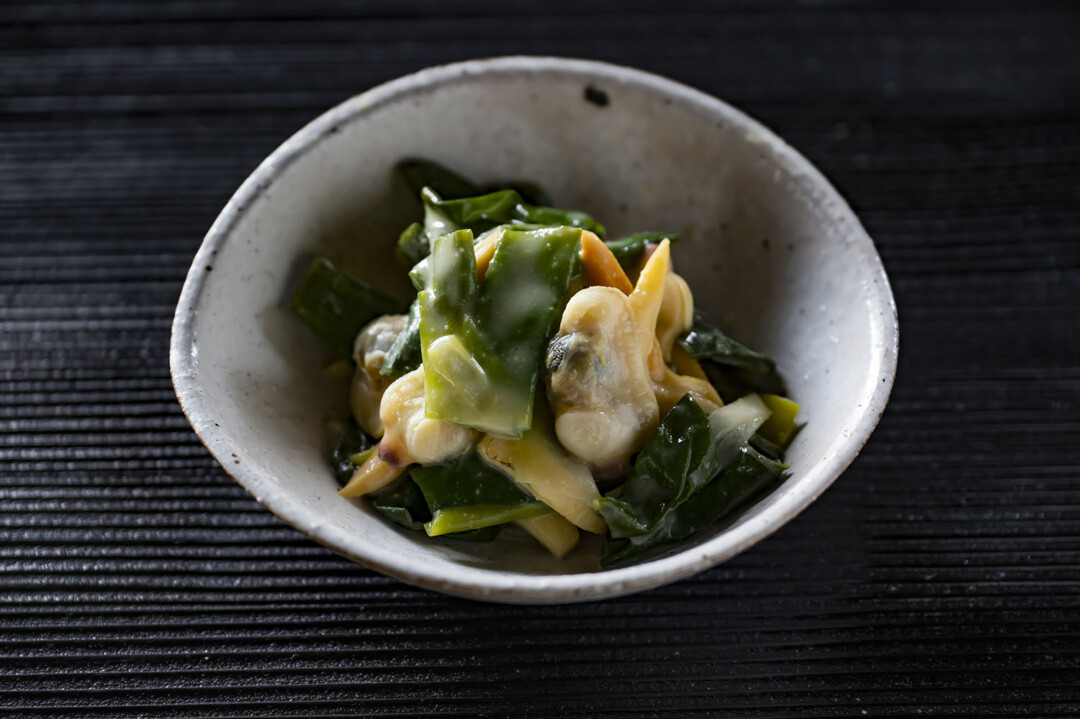
Teppai, also known as teppo ae, is a dish dressed in a mixture of white miso and vinegar. In this case, the iconic springtime seasonal ingredients of Kujo Negi (Kujo Spring Onion) and aoyagi (Chinese mactra clam) are used, with the remarkable sweetness and tenderness of the Kujo Negi tying the dish together perfectly.
ひじきやアラメの炊いたん Hijiki to arame no taian
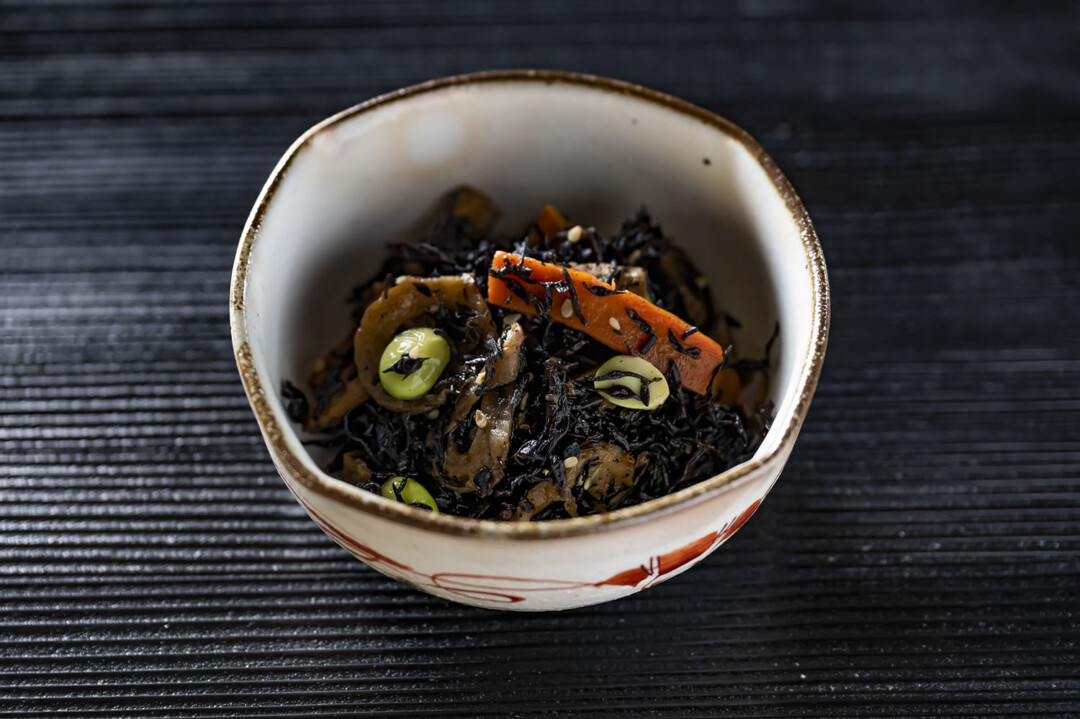
Hijiki is a type of algae which is packed with calcium and dietary fiber. To serve as taitan, hijiki or similar seaweed such as arame (sea oak) is simmered in dashi stock until the dashi evaporates, enhancing the natural umami and sweetness of the ingredients.
おから Okara
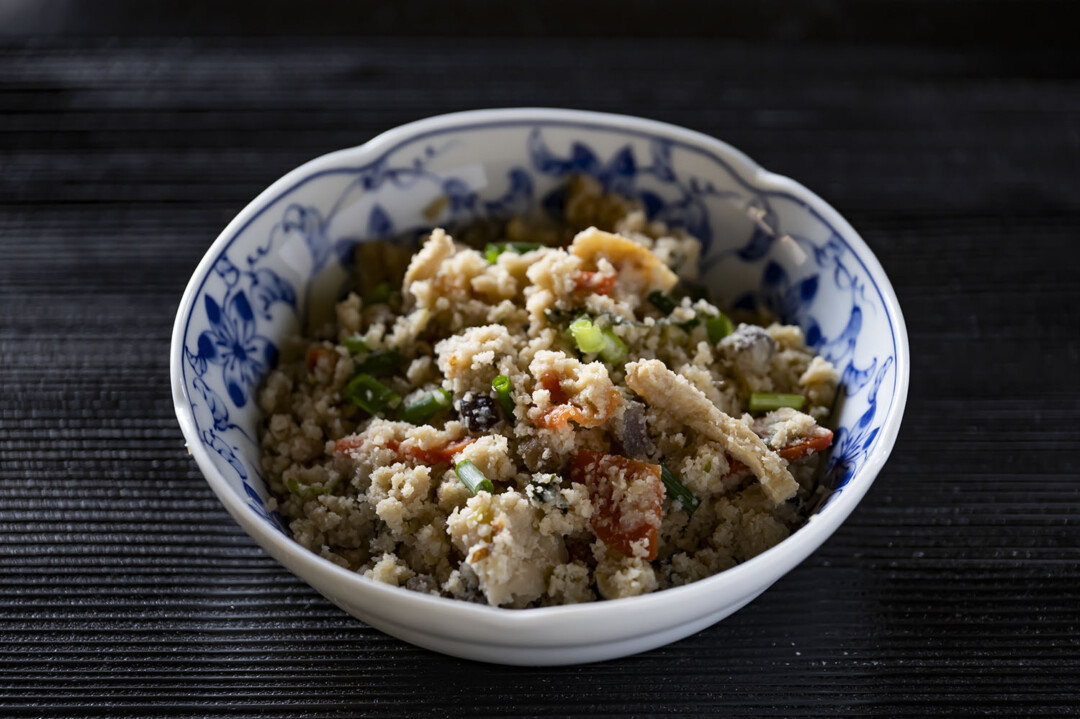
Tofu is deeply ingrained into Kyoto culture – you will likely find a tofu shop in most every neighborhood. Okara is the soy pulp which is collected as a byproduct of tofu making. During the particularly busy time towards the end of the month, Kyoto mothers, pressed for time to even plan menus, would often improvise okara dishes with whatever leftovers were handy in the refrigerator.
聖護院かぶらの漬物 Shogoin Kabura no tsukemono
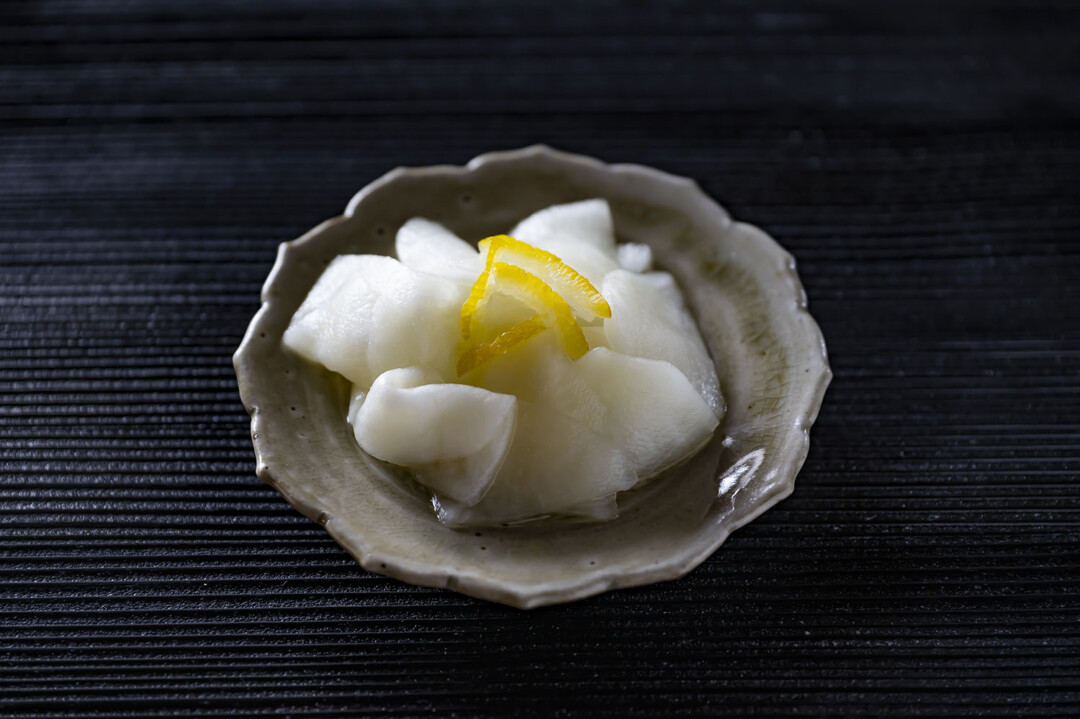
The excellent quality of Kyoto’s locally-grown vegetables naturally led to development of its own unique tsukemono (fermented vegetable) culture. Of these, salt-cured thinly sliced Shogoin Turnip known as senmai-zuke (literally, “thousand layer tsukemono”) is particularly renowned as an exemplary Kyoto dish.
蓮根のごま和え Renkon no goma-ae
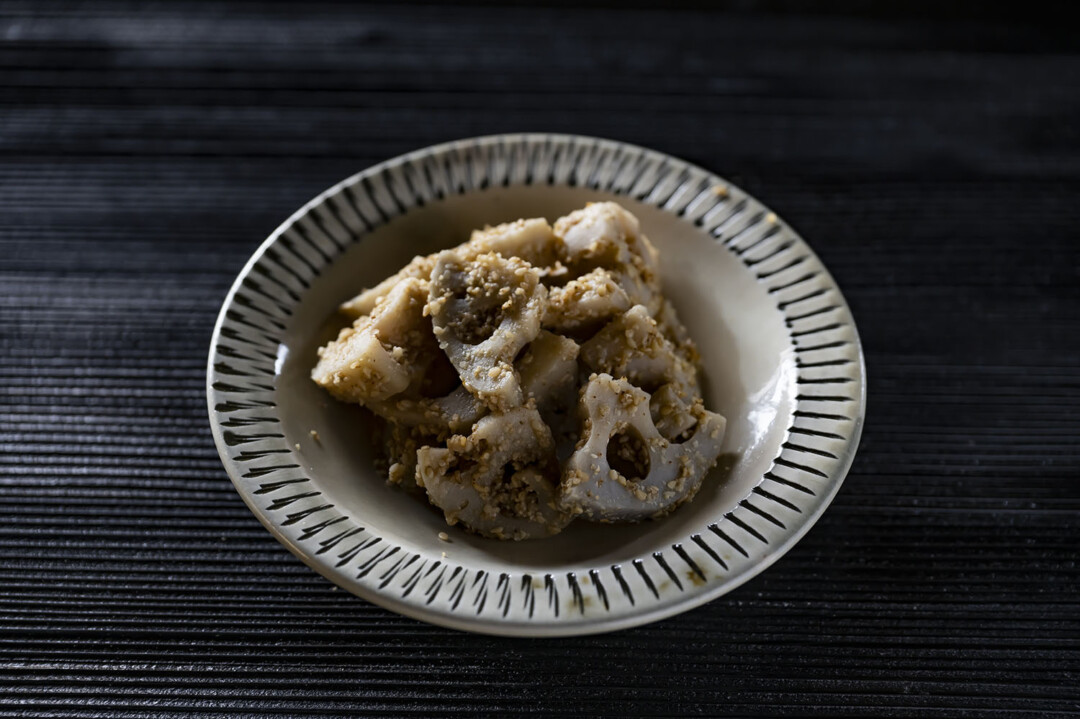
Renkon (lotus root) contains plentiful vitamin C and dietary fiber, which are both readily absorbed when the vegetable is eaten raw. When boiling, it’s best to heat for only a short time.
連子鯛の蕪蒸し〜花菜のせ〜 Rengodai no kaburamushi 〜Hanana nose〜
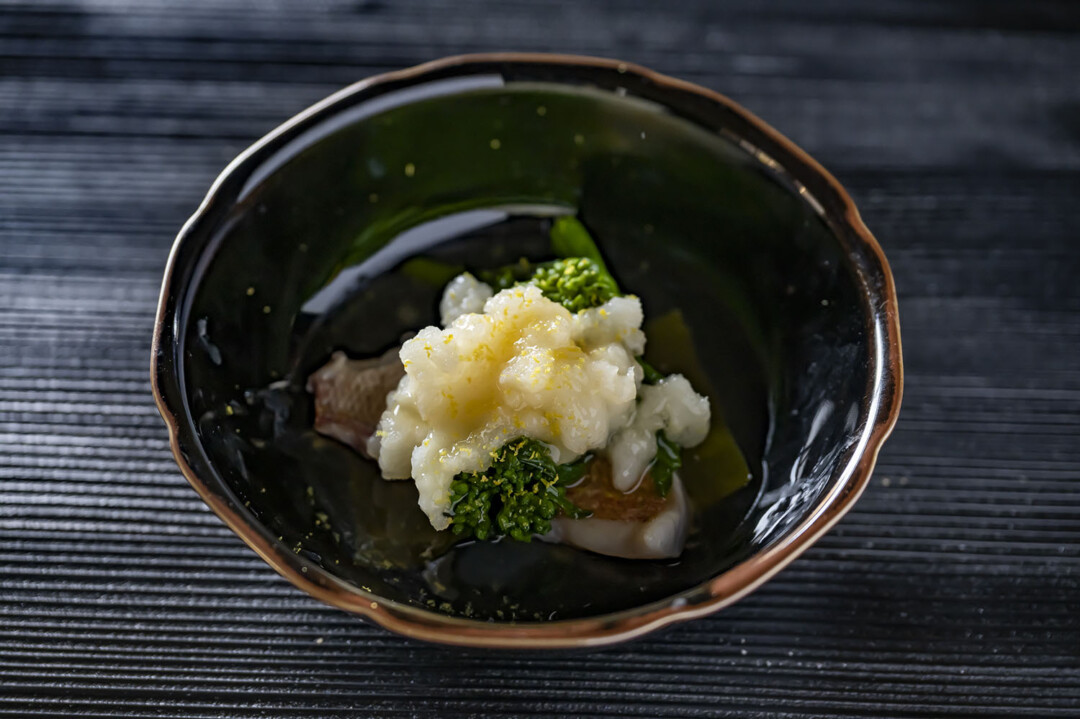
Much flavor can be extracted from the bones of the fish, so it’s best to cut the sea bream into two halves lengthwise, exposing the backbone. In Kyoto, meticulous care is given to the preparation of dashi, and it’s common to select bone-in fish over deboned filets. This dish adds Hanana Rapeseed Blossom for texture, and is sprinkled with shaved yuzu (Japanese citron) peel for a beautiful aroma.
As you can see from these examples, most obanzai dishes showcase a single vegetable. In fact, on restaurant menus in Kyoto, you will often see dishes named simply after the vegetable main ingredient.
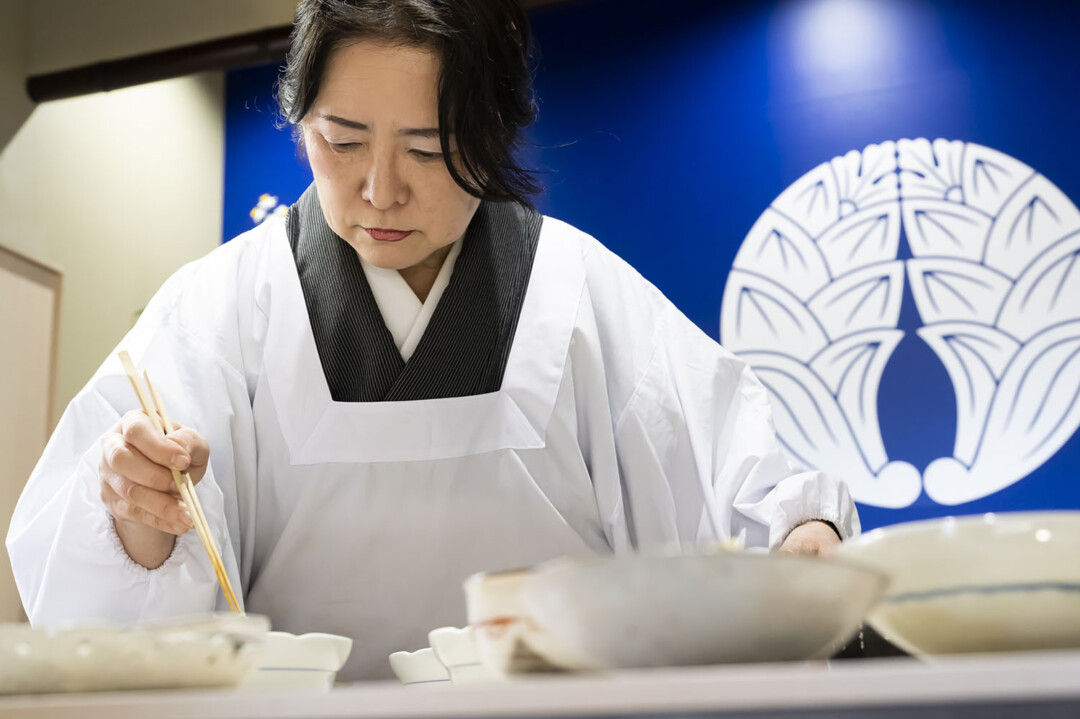
“The true joy of cooking is creating new flavors each day. Eating only the same flavors day after day would lessen the experience. There is no need for a home cook to stress over fine details, such as exact measurements of seasonings. On the other hand, I hope that family cooking provides an opportunity to experiment and express yourself with unique dishes each day,” comments Ms Kawabuchi.
As we learned more about obanzai cuisine, we came to appreciate the true depth of Kyoto’s profound culinary heritage. First and foremost, this handmade household cooking is an expression of love from mothers to their families and to the land of Kyoto itself, no matter how busy they might be.
* The published information is current as of February 2023. Prices and other details are subject to change.
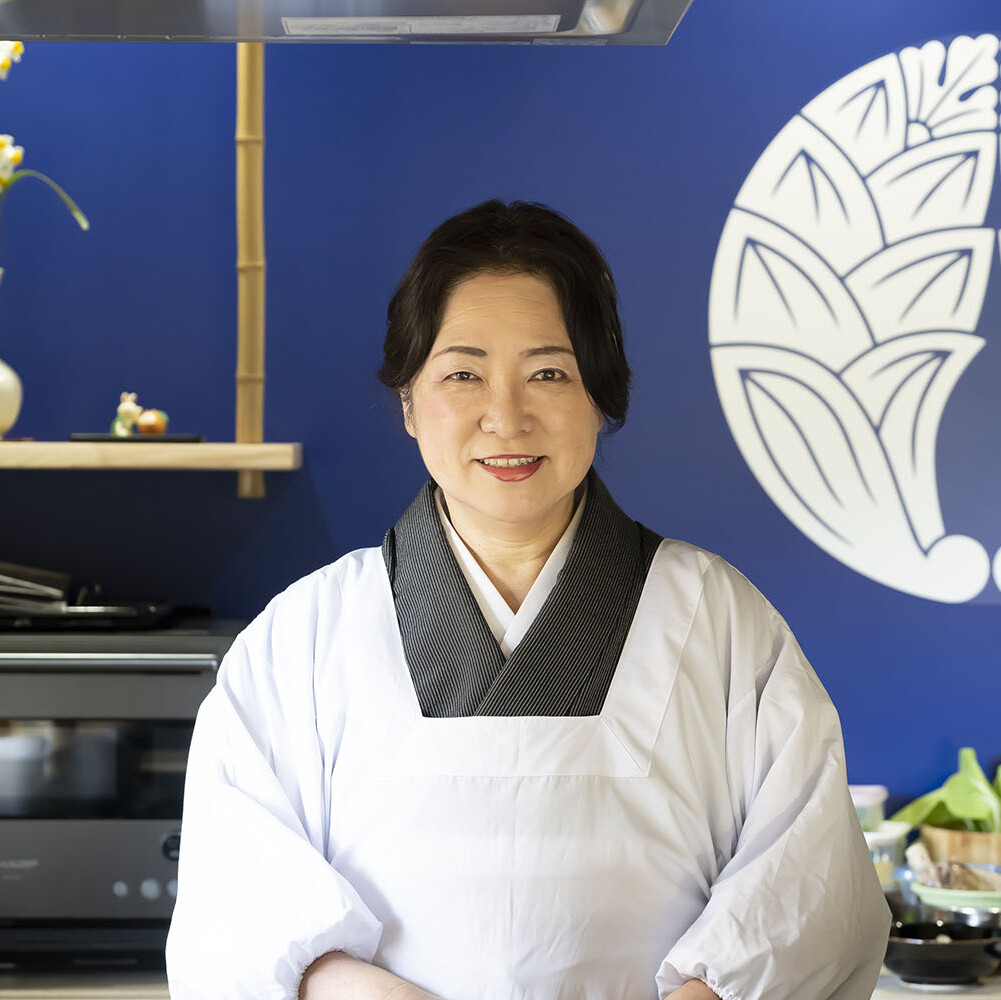
【Advised by】Ms KAWABUCHI Tomoko, Representative Director of the Japan Obanzai Society(「一般社団法人日本おばんざい協会」 代表理事 川淵智子)
After graduating from a culinary school in Japan, Ms Kawabuchi studied international culinary culture and restaurant business in the United States and France, and has since worked in areas such as producing restaurants, planning and operating food events, and producing television programs. In 2013, she joined the Kyoto University Graduate School Obanzai Cuisine Research Society. Later, she undertook the role of secretariat for the society, and was responsible for carrying out field research of obanzai culture, building relationships with members of regional preservation societies, and holding on-campus presentation conferences. In 2021, she moved from the research society to the Japan Obanzai Society, where she has been active in expanding the scope of activities to include spreading knowledge of obanzai and fostering experts in obanzai tradition.
tags:
share:










